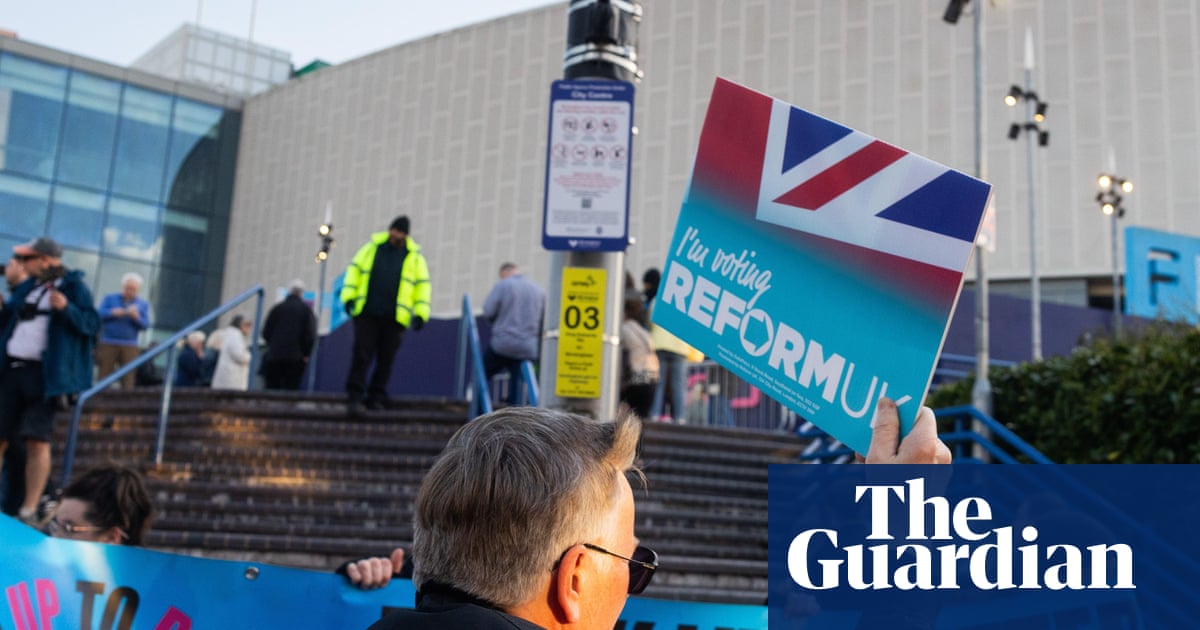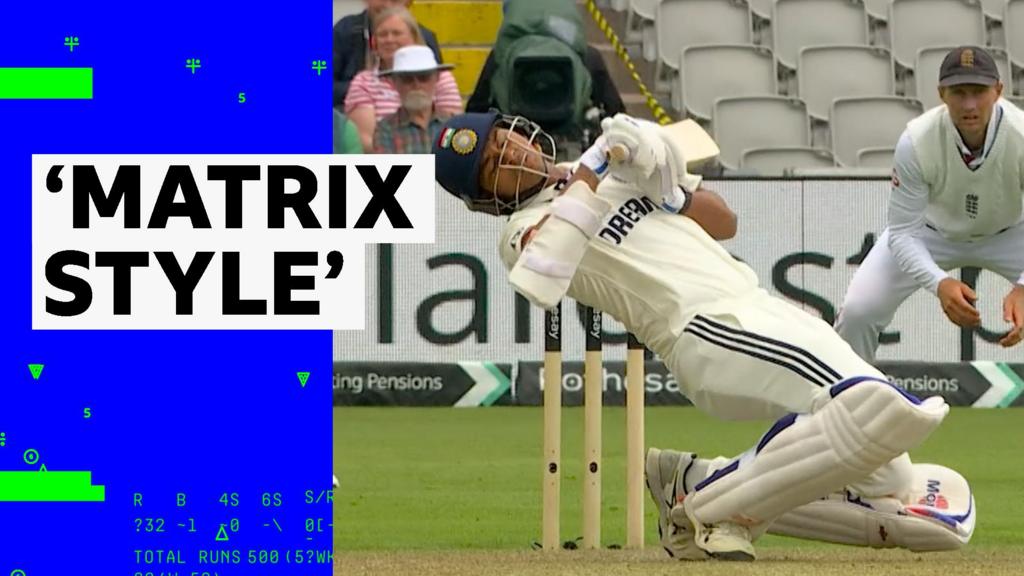Pay for resident doctors has fallen by 4% to 10% since 2010-11, independent analysis finds, as staff prepare to strike on Friday.
The analysis by the health thinktank Nuffield Trust falls considerably below the estimate from the British Medical Association (BMA), which claims doctors’ pay has fallen by 29% since 2008-09, a time frame just two years longer.
The BMA is seeking a 29% rise for resident doctors to grant what it considers to be full pay restoration – a demand the health secretary, Wes Streeting, has called “completely unreasonable” after he gave a 22% rise last year for 2023-24 and 2024-25.
The Nuffield Trust noted the earnings estimate can change considerably depending on which baseline year, inflation measure and pay dataset is used. It considers its method to be the most robust, as earnings data collection changed in 2010, and the Office for National Statistics discourages the use of the retail price index (RPI) to represent inflation, in favour of the consumer price index (CPI), which is typically lower.
The report’s authors said: “A shortage of independent analysis has meant that much of the debate has been based on flawed figures. All too often, true levels of inflation have been misrepresented, basic pay conflated with total pay, starting pay presented as average pay, whereas affordability arguments often do not recognise that some additional pay is returned to the public purse in taxes.”
A BMA spokesperson said the analysis proves that “whatever measure you use, doctors’ pay has fallen over the last 15 years and more”.
They said the BMA uses RPI because “we believe it best reflects the real-life experience of working people in the UK”, and is used to set important living costs for doctors, such as student loan repayments, cars taxes and train fare caps.
“What this analysis doesn’t acknowledge, is that since 2008-09 doctors’ pay has fallen by a much greater amount in real terms than the rest of the population. Indeed, if you do use CPI, the whole population has in fact achieved pay restoration to 2009 levels, while doctors still remain behind,” said the spokesperson.
The Nuffield Trust report found that tracking pay over the past four decades revealed a “striking picture of sustained periods of real-term increases followed by similarly sustained periods of real-terms decreases in pay”. Because people tend to be loss-averse, this means doctors feel “the downside of real-terms cuts more acutely than the upside of real-terms increases”, the authors noted.
Since 2023, the pay scales of resident doctors and consultants have started to increase again in real terms after a fall over the decade prior. “Looking even further back to the late nineties and early noughties, they have fared well compared to inflation,” the authors said.
The 5,000 resident – formerly junior – doctors the BMA represents are set to strike for the 12th time since 2023 from 7am on 25 July, after talks collapsed with the government over pay.
Streeting had been looking to strike a deal with the BMA by offering doctors a new system of “forgiveness” of the student loans built up at medical school, which can be as much as £100,000.
NHS England has urged hospital chief executives to keep routine operations and appointments and only reschedule if there is a risk to patient safety.
Prof Meghana Pandit, the NHS England national medical director, said: “There is no doubt this industrial action will take a toll on patients and NHS staff, and it is disappointing it is going ahead. While it will mean some appointments won’t be able to go ahead as planned, we are doing all we can to limit this, and patients should continue to use NHS services in the usual way.”
The BMA council chair, Dr Tom Dolphin, called NHS England’s announcement “worrying” and “irresponsible” since delivering non-urgent planned care on strike deals “will leave staffing levels unsafe across the board”. Instead senior doctors should prioritise emergency and urgent care, he said.
Barclays estimates the resident doctors strike could lead Britain’s economy to flatline in the third quarter. Its economists said 250,000 working days could be lost during the industrial action, which could cut the UK’s growth rate by about 0.1 percentage points. The bank had been forecasting 0.1% growth in Q3. It says there is a “heightened risk” the strike could wipe this out to zero.
The Nuffield Trust analysis showed that for the year to March 2026, resident doctors starting their first year postgraduate training on the job will have a full-time basic salary of £38,831, topped up on average to £45,900, when additional and unsocial hours, being on call, and geographical allowances are included.
Specialty registrars, who have completed their two-year postgraduate training, receive a basic salary of between £52,656 and £73,992 depending on experience, reaching £80,500 including top-up pay.
For NHS consultants, their basic salaries start at £109,725, rising to £145,478 for those with 14 years of experience at that grade, and with top-ups taking them up to £161,600.
The report notes that GP earnings are harder to pin down, but estimate these may have been about £163,500 for partners and £108,300 for salaried GPs in 2022-23.
For 2024-25, the average NHS earnings of doctors in their first year of work was above the median. Specialty registrars’ average NHS earnings were higher than the salaries of nearly nine in 10 of the wider workforce, while GP partner and consultants’ NHS earnings were in the top 1-2%.

 1 day ago
3
1 day ago
3










 English (US)
English (US)